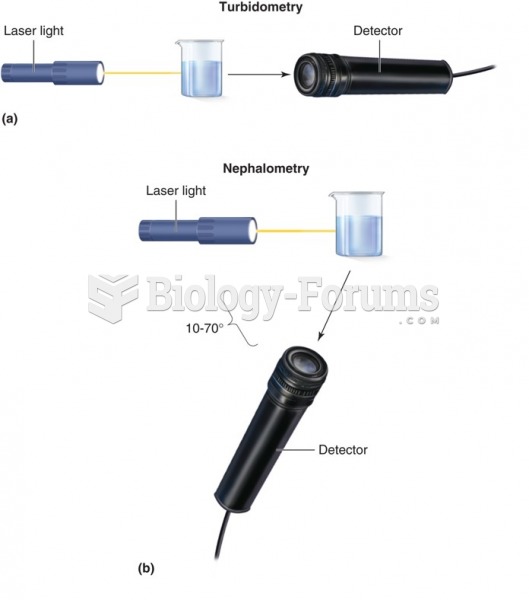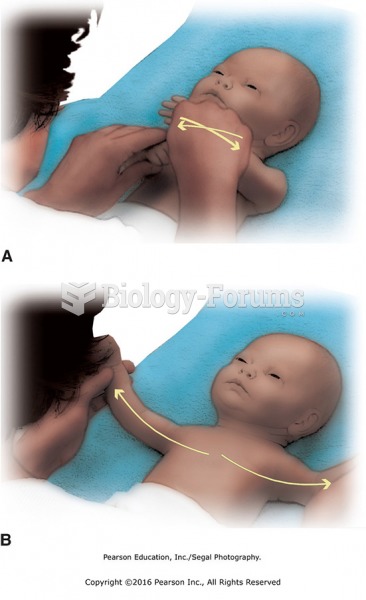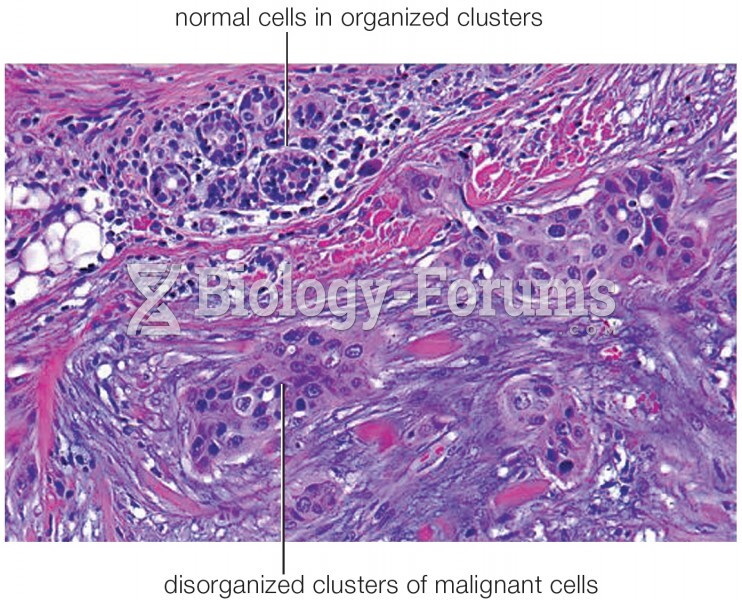|
|
|
All adverse reactions are commonly charted in red ink in the patient's record and usually are noted on the front of the chart. Failure to follow correct documentation procedures may result in malpractice lawsuits.
The calories found in one piece of cherry cheesecake could light a 60-watt light bulb for 1.5 hours.
The first documented use of surgical anesthesia in the United States was in Connecticut in 1844.
There are major differences in the metabolism of morphine and the illegal drug heroin. Morphine mostly produces its CNS effects through m-receptors, and at k- and d-receptors. Heroin has a slight affinity for opiate receptors. Most of its actions are due to metabolism to active metabolites (6-acetylmorphine, morphine, and morphine-6-glucuronide).
The familiar sounds of your heart are made by the heart's valves as they open and close.
 The “Flat Head” (Chinook) Indians acquired their name through shaping in infancy, as shown in a diag
The “Flat Head” (Chinook) Indians acquired their name through shaping in infancy, as shown in a diag
 (a) A turbidometry detector measures laser light directly across from the light source. The sample, ...
(a) A turbidometry detector measures laser light directly across from the light source. The sample, ...





